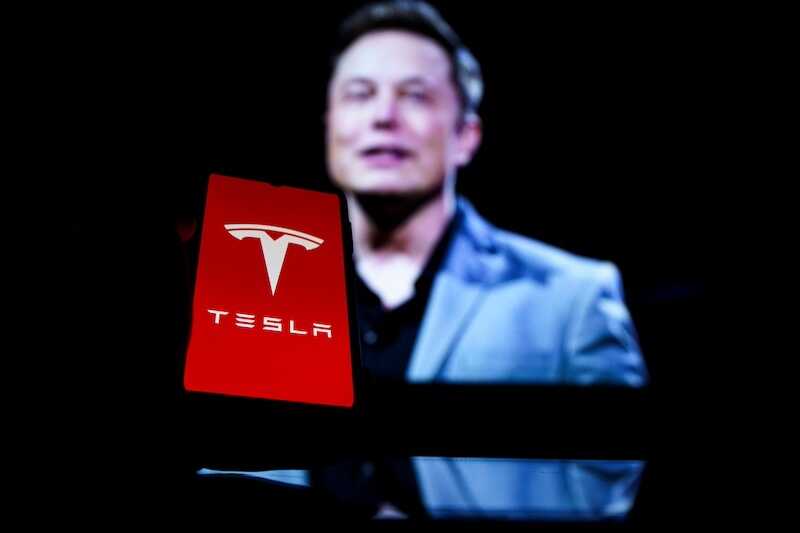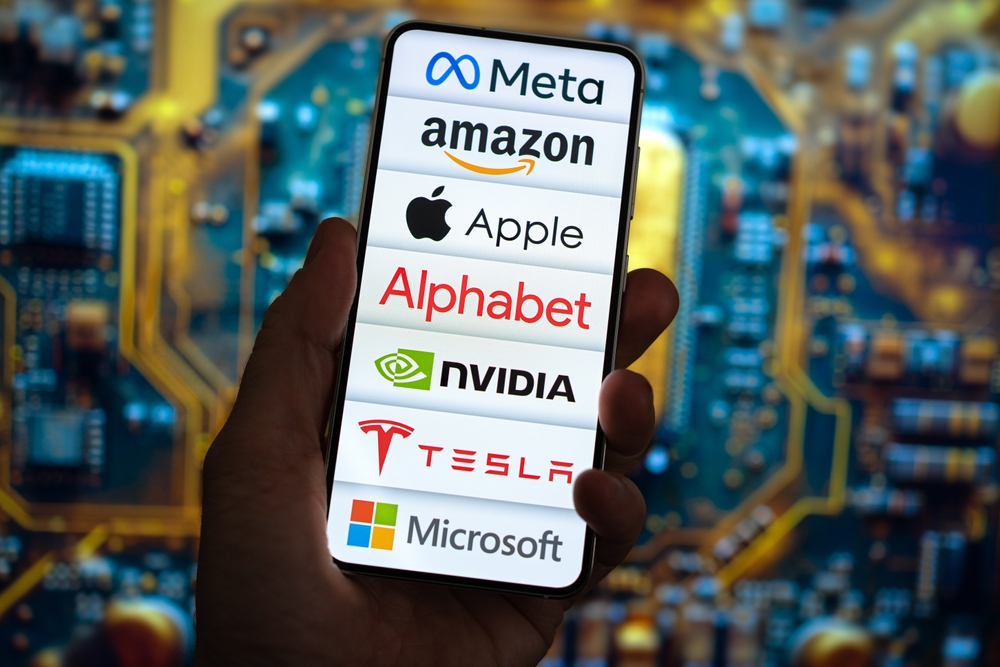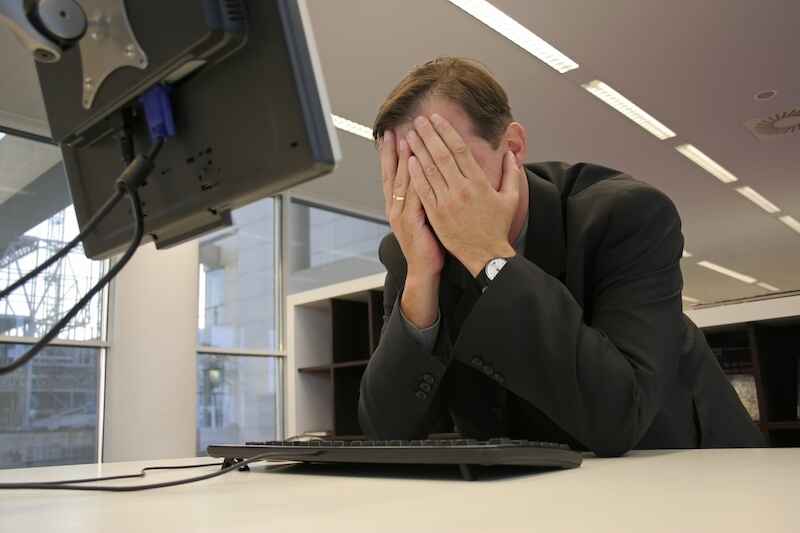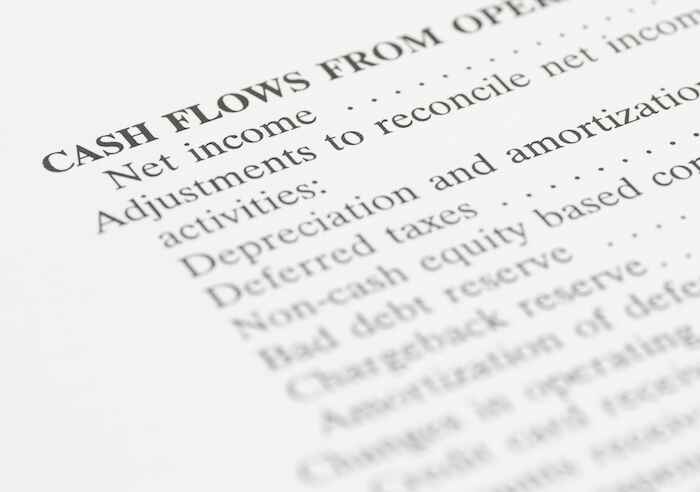Robinhood’s IPO: What Happened?
Amanda Heckman|July 31, 2021
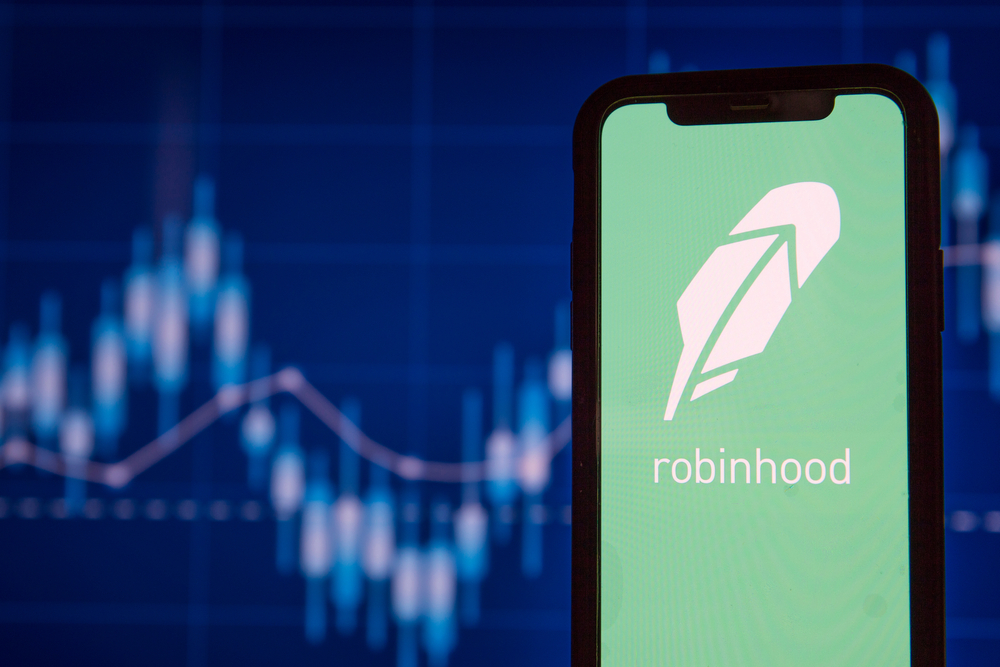
Need more proof the markets aren’t what they used to be… that the old way of doing things doesn’t work anymore?
Simply look to one of the buzziest IPOs in recent memory… Robinhood.
The popular trading platform for the masses went public on Thursday.
Suffice to say… things didn’t go as planned.
Bad News
To start, Robinhood made quite a few headlines leading up to its IPO. None of them good.
Last month, FINRA (the Financial Industry Regulatory Authority) hit the company with a $70 million fine. It was the regulatory agency’s largest ever. It accused Robinhood of giving investors “false or misleading information” related to margin trading and being lax in its approvals of options trading accounts.
Then this week, on the eve of Robinhood’s IPO, we learned of a probe into whether its employees traded shares of GameStop and AMC Entertainment during the meme frenzy earlier this year…
You know the one… it’s when Robinhood locked down trades of many of these stocks.
And to top it off, CEO Vlad Tenev and co-founder Baiju Bhatt are under investigation for not being licensed with FINRA.
Oops.
Who Really Wins
As is Robinhood’s style, it intended to revolutionize the way companies go public. It set aside up to 35% of its IPO shares for its users – so they could ride the IPO wave to dazzling heights.
But these everyday retail investors said not so fast.
They didn’t buy it. Literally.
IPOs are typically a boon for early pre-IPO investors and insiders. They make back their investment in the company and then some by selling their shares to retail investors eager to get in on a newly public company.
But those retail investors didn’t show up this time.
The first sign came from Robinhood’s IPO pricing. It came in at the low end of its predicted range – at $38 per share. That indicated soft demand for shares.
Then, within the first 30 minutes of trading, shares dropped close to 10% – from $38 down to $34.
The stock never made it back to its opening price… closing the day a hair below $35.
The IPO was – in a word – a flop.
The Real Story
Were investors scared off by negative headlines? Is the company doomed to fail?
No.
This is yet another battle in the war between institutional and everyday investors that is upending the way Wall Street works.
Earlier this year, when fans of GameStop saw the stock being shorted by big hedge funds… they jumped in to save the stock.
The flood of cash allowed the company to reverse course and make vital leadership changes – like bringing on e-commerce superstar and former Chewy CEO Ryan Cohen.
With Robinhood, retail investors were wise to the game. They knew who would benefit the most from the IPO… and they didn’t take the bait.
The result… one of the worst IPOs of its size in a decade.
Now, as Andy told subscribers of his trading research service Venture Fortunes…
This isn’t to say Robinhood is a bad company or that it may not be a valuable trade someday. It has immense potential. If the price dips low enough (into the $20s), it may be a good trade.
But right now, he says, “This IPO is an example of why investors must be cautious right now and why we need to trade with a trained eye.”
As the market opens up to more and more retail investors – a trend in full force since the start of the pandemic – it’s clear things don’t work the way they used to.
Invest with that in mind.

Amanda Heckman
Amanda Heckman is the editorial director of Manward Press. With unrivaled meticulousness, she has spent the past dozen or so years – give or take a few sabbaticals – sharpening Andy’s already razorlike wit. A classically trained musician and a skilled writer in her own right, Amanda takes an artistic approach to the complex world of investing. Her skill has led her to work with numerous bestselling authors, award-winning financial gurus and – lucky for us – the fine folks at Manward Press.


